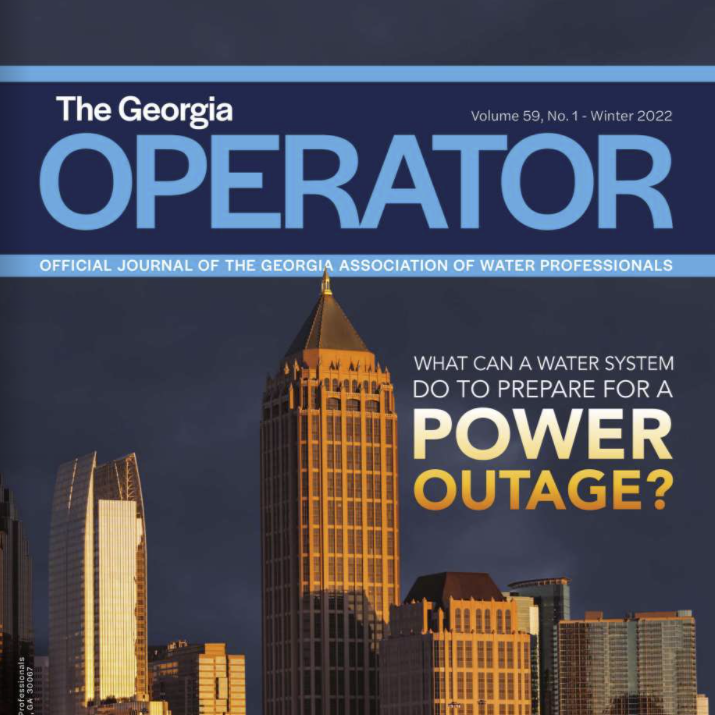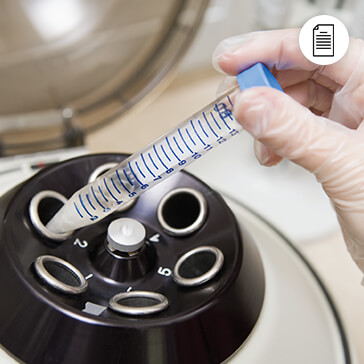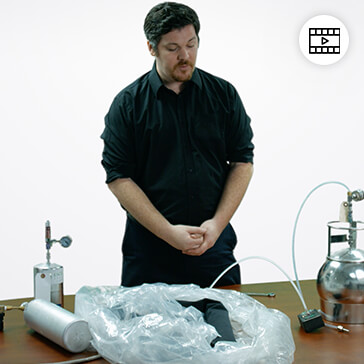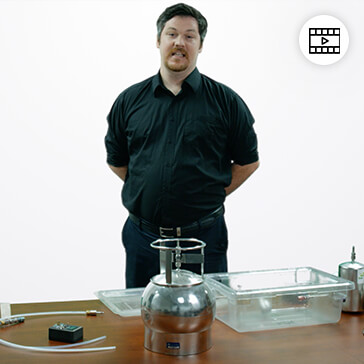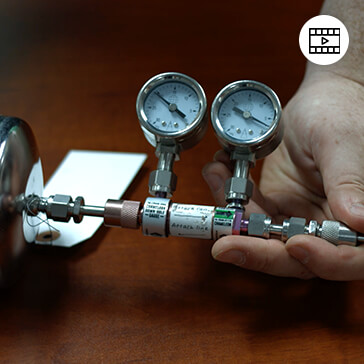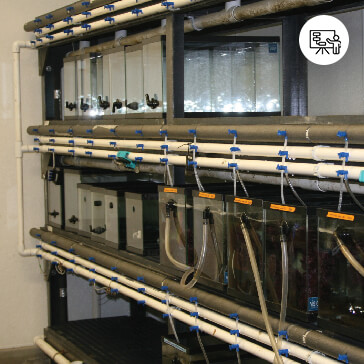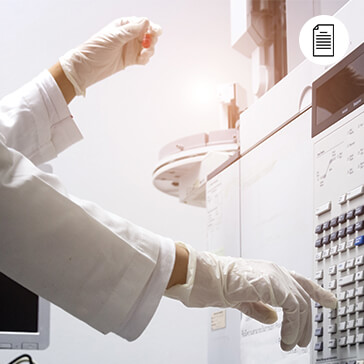Content
Webinar: HON MACT Fenceline Monitoring: Requirements and Solutions
This webinar explored the impacts the rule will have on over 200 U.S. synthetic organic chemical manufacturing facilities, polymers, and resins producers.
Webinar: PFAS: The Wild Wild West or Is It?
Analytical methodologies for Per & Polyfluorinated Alkyl Substances (PFAS) are currently in an ever-evolving regulatory climate with ongoing changes and modifications to existing and new PFAS analytical methods.
How to Sample PFAS Treatments (and What to do When You Have One)
In this article we explore how to test for PFAS, what standards should be followed, and the options for testing drinking water systems.
Case Study of PFAS in Wastewater Influent and Effluent
The presence of Per & Polyfluorinated Alkyl Substances (PFAS) in influent/effluent wastewater samples is of growing concern. Read our case study in The Georgia Operator.
A Case Study of PFAS in Wastewater Influent and Effluent
The presence of Per & Polyfluorinated Alkyl Substances (PFAS) in influent/effluent wastewater samples is of growing concern. Watch our presentation!
How-to Video: Soil-Vapor Sampling – Shroud Setup
In this video, learn how to properly perform soil-vapor sampling using the hard-body shroud, purge can, and detectors...
How-to Video: Soil-Vapor Sampling – Large-Scale Mobilizations
When logistics are made more difficult by several well points and require a large amount of gear, this video will demonstrate how to properly perform soil-vapor sampling...
How-to Video: Soil-Vapor Sampling – Helium-Shroud Sampling
In this video, learn how to properly set up and break down the hard-body shroud and helium detectors when taking a purge of a sample well.
How-to Video: Soil-Vapor Sampling – Sampling for DTSC Site Closure
This video will demonstrate how to properly test for soil-vapor in low-porosity, low-volume conditions such as sand, silt or clay.
Site-Specific Sediment Criteria: A framework for using bioassays as a tool for risk assessments
When to use bioassays as a tool for risk assessments
Proton Transfer Reaction Mass Spectrometry (PTR-MS) for Ambient and (Compliance) Source Testing Discussion
Our research on the capabilities of proton transfer reaction time of flight mass spectrometry (PTR-MS) as a real-time measurement instrument.




